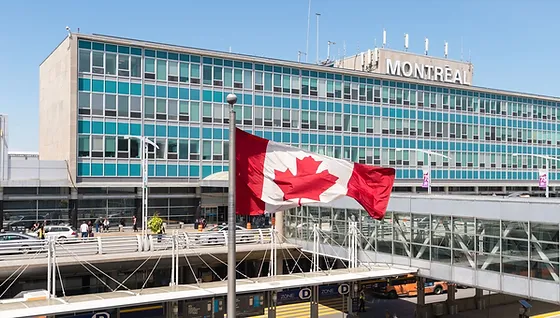Canada changes its immigration laws to restrict spouse work eligibility, increase the number of temporary residents, strengthen PGWP language standards, and decrease study permits.
Canada has implemented a number of important modifications to control the intake of temporary residents in response to changing labor market demands and the need to preserve a balanced immigration system. Stricter rules for study and work permits, fewer temporary residents, and improved eligibility for post-graduation job permits are the main goals of these changes. An outline of the new measures and their expected effects may be found below.
1. Temporary Resident Reduction Target
The Canadian government has established a target to lower the number of temporary residents from 6.5% of the country’s overall population to 5% by 2026 in order to better control the number of temporary residents. This change is in line with more comprehensive immigration policies meant to meet labor market demands while preserving stable migration levels.
Key Implications:
– Managing Economic Recovery: In order to assist businesses and economic recovery, Canada first raised immigration in response to the labor shortages caused by the pandemic. However, in order to maintain economic stability, the emphasis has switched to optimizing the resident population due to recent changes in the labor market.
– Stronger Immigration System: In order to address long-term economic demands, Canada’s policy currently places a strong emphasis on sustainable growth and a well-run system.
2. Post-Graduation Work Permit (PGWP) Program Adjustments
Changes have been made to the PGWP Program to better suit immigration objectives and labor market realities. New language proficiency standards for candidates will take effect on November 1, 2024.
Specific Changes:
– Language Proficiency: A minimum level of proficiency in one of Canada’s official languages is required of PGWP applicants:
1. University Graduates: Level 7 of the Canadian Language Benchmark (CLB).
2. College Graduates: CLB level 5.
– Eligibility Based on Study Field: Public college graduates are still eligible for a PGWP of up to three years as long as their subject of study corresponds with occupations that are facing persistent labor shortages.
3. Other Key Immigration Revisions:
Reduction in Study Permit Targets:
To manage the increasing influx of international students, the intake target for study permits will be reduced by 10% from the 2024 goal of 485,000 to 437,000 for 2025. The target for 2026 will then stabilize, maintaining the same level as 2025.
Restrictions on Spousal Work Permit Eligibility
– For Master’s Students: The master’s program must now last at least 16 months in order for spousal work visas to be granted.
– For Foreign Workers: Spouses of foreign employees who are employed in management, professional positions, or industries with labor shortages under Canada’s Temporary Foreign Worker Program (TFWP) and International Mobility Program (IMP) will be the only ones granted work permits.
Asylum Claim Revisions
– Visa Requirements for Mexican Nationals: People from Mexico will be subject to partial visa requirements in Canada.
– Improvements to Processing: There are initiatives in place to improve the handling of asylum claims and expedite the decision-making process.
These modifications demonstrate Canada’s dedication to improving its immigration laws to meet present economic issues and maintain long-term viability. The Canadian government hopes to create a more flexible and resilient immigration system by modifying study and work permit eligibility, modifying temporary resident caps, and updating post-graduation work permit conditions.
Canada is committed to helping immigrants while juggling the demands of its labour market and overall economy. These revisions highlight a proactive strategy for immigration management that optimizes advantages for the nation and its newcomers.


Leave a Reply